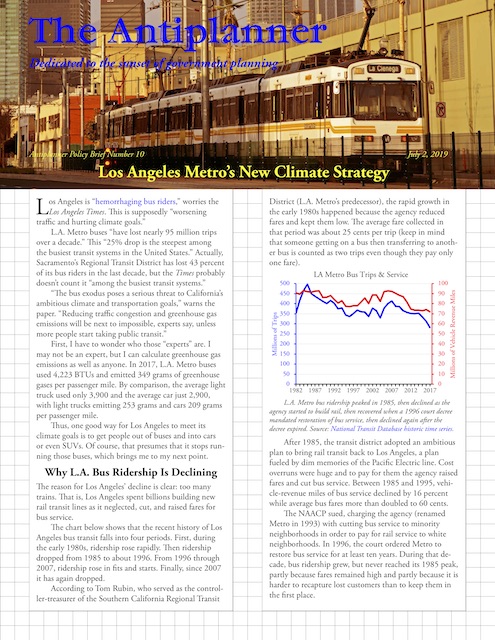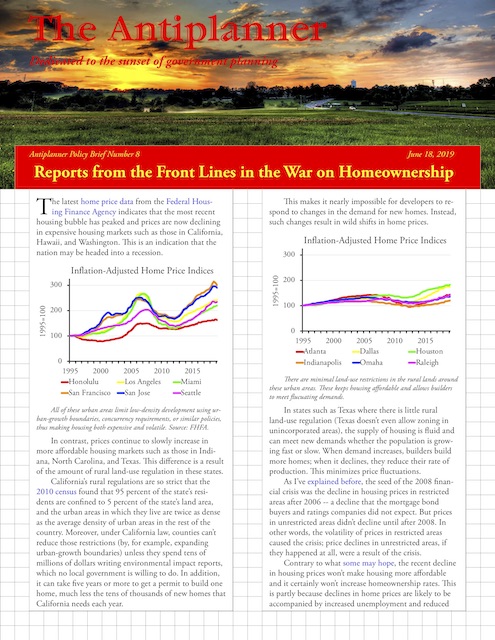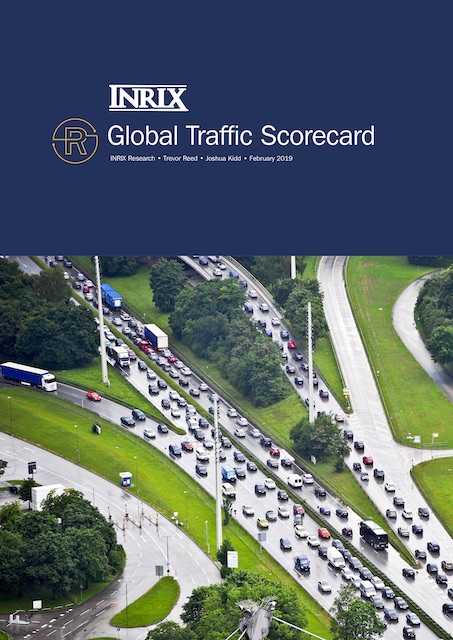If asked, many baby boomers would probably say that the most important day in history during their lifetimes was November 22, 1963, the day President Kennedy was assassinated. That event transformed America in many ways, bringing the happy-go-lucky 50s to a dark close, perhaps paving the way for the Viet Nam War, but also bringing in a president who, unlike Kennedy, was able to persuade Congress to pass several vital civil rights laws.
For me, however, the most important day was another 22: April 22, 1970, the first Earth Day or, as it was called then, the National Environmental Teach-In. This day transformed America from one that was divided on environmental issues to one in which everyone, from teachers and politicians to oil and timber companies, were expected to pledge allegiance to environmental protection first before taking any other position on the issues. The results include recycling, locavores, and a consensus of thousands of scientists who aren’t climatologists on global climate change even though scientists had previously been conditioned to not express strong opinions on issues outside their areas of expertise.
As well as affecting our country in general, the teach-in had a huge effect on my life. I wanted to be an architect, and I spent the long drives my family took to Arizona each Christmas reading books on modern architects: Mies van der Rohe, Philip Johnson, Le Corbusier, and most importantly Frank Lloyd Wright, whose Taliesin West I visited on one of our Arizona trips. Continue reading →
 Click image to download a PDF of this policy brief.
Click image to download a PDF of this policy brief.








